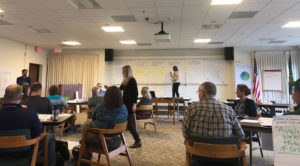
Forest Action Plan meeting, September 2019
We’re glad you asked! The Wisconsin Urban Forestry Council is an advisory committee to the Wisconsin DNR Division of Forestry, currently comprised of 29 members appointed by the Secretary of the WDNR. Members represent the diverse groups and interests that impact our state’s urban and community forests, including representatives from professional organizations, private business owners, educators, green industry employees, nonprofit/service organizations, governmental agencies, municipalities of various sizes, utilities, concerned and active citizens and trade organizations throughout the state. The Council addresses strategies to help the WDNR implement, monitor, and revise the state’s urban forestry initiatives and to lend support to activities that further the understanding, appreciation and practice of urban forestry in Wisconsin. Members strive to aid all entities involved in urban forestry matters and to help coordinate activities to avoid duplication, inefficiency and conflict. The Council addresses a diversity of local, state, and national issues that can affect Wisconsin’s urban forests.
Continue reading “What is the Wisconsin Urban Forestry Council?”

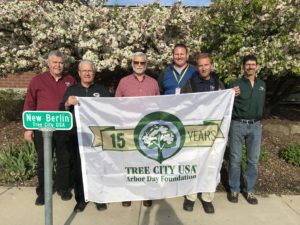
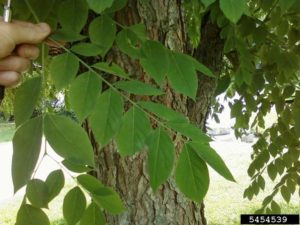
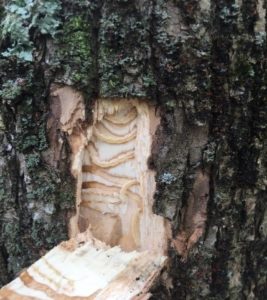
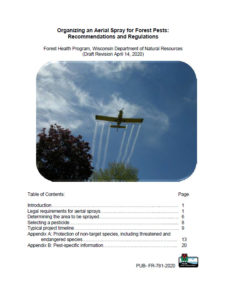
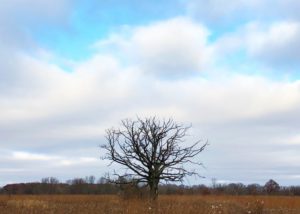 Happy Arbor Day! Join us in celebrating from home today. Post a photo of your favorite tree on social media, tag @arborday, and use the hashtag #arbordayathome. The Arbor Day Foundation will plant a tree on your behalf.
Happy Arbor Day! Join us in celebrating from home today. Post a photo of your favorite tree on social media, tag @arborday, and use the hashtag #arbordayathome. The Arbor Day Foundation will plant a tree on your behalf.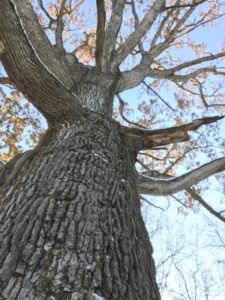 To keep everyone safe and healthy during this pandemic, the Arbor Day Foundation is suspending the requirement to hold a public Arbor Day celebration in 2020. Communities will be able to maintain their Tree City/Campus/Line designations without meeting this standard.
To keep everyone safe and healthy during this pandemic, the Arbor Day Foundation is suspending the requirement to hold a public Arbor Day celebration in 2020. Communities will be able to maintain their Tree City/Campus/Line designations without meeting this standard.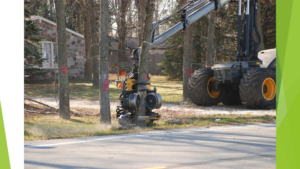 With thousands of trees on their properties, municipalities and other urban ownerships sometimes need to remove a large volume of trees at once, such as after an insect or disease outbreak (i.e., emerald ash borer) or a catastrophic weather event (wind/tornadoes or ice/snow damage). When this need arises, what are the options available to remove these trees efficiently, safely, cost effectively and quickly?
With thousands of trees on their properties, municipalities and other urban ownerships sometimes need to remove a large volume of trees at once, such as after an insect or disease outbreak (i.e., emerald ash borer) or a catastrophic weather event (wind/tornadoes or ice/snow damage). When this need arises, what are the options available to remove these trees efficiently, safely, cost effectively and quickly?